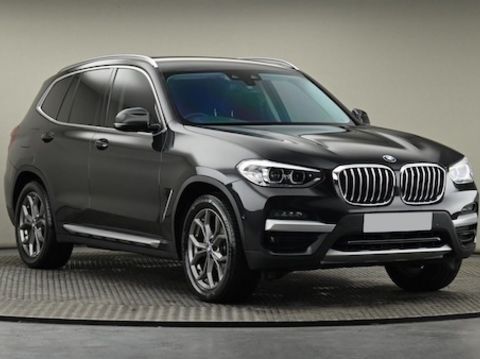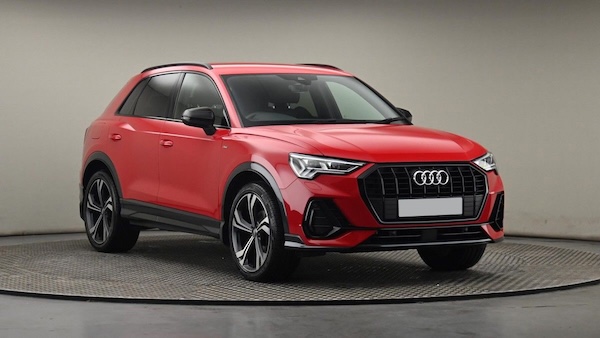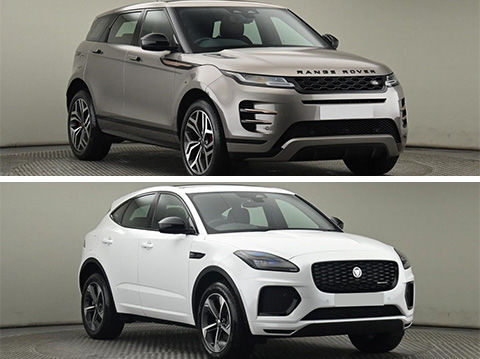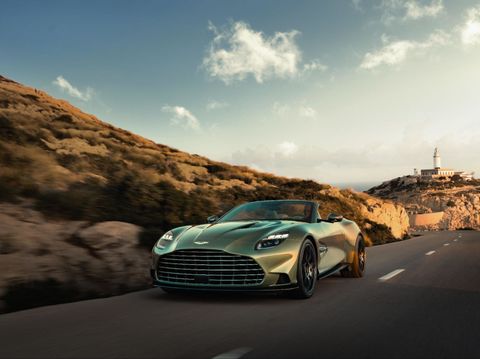BMW X3 vs Mercedes-Benz GLC vs Audi Q3: Comparing Three German SUVs

Premium SUVs from German manufacturers are often seen as a benchmark in the market, combining practicality with advanced technology and a comfortable driving experience. The BMW X3, Mercedes-Benz GLC, and Audi Q3 are three popular choices that offer varying strengths depending on the driver’s preferences and priorities. This comparison outlines the key features and characteristics of each model to help you decide which might suit your needs best.
BMW X3
The BMW X3 is a mid-size SUV that offers a balanced combination of usability and performance. With four-wheel drive and a 2.0-litre petrol engine, the X3 is suitable for both urban and motorway driving, as well as occasional light towing or travel on less predictable road surfaces.
In terms of equipment, the X3 comes with practical exterior features such as satin aluminium roof rails, LED fog lights, and a reversing assist camera. The inclusion of sun protection glazing and automatic dipping exterior mirrors adds an element of convenience. Inside the cabin, heated front sports seats provide comfort for driver and passenger alike. The interior is straightforward and includes automatic air conditioning, acoustic glazing to reduce outside noise, and a DAB tuner for radio access.
BMW’s Live Cockpit Plus system includes an 8.8-inch display and a navigation function, alongside Bluetooth connectivity and a USB interface. The vehicle also features intelligent emergency calls and teleservices. Other helpful systems include a rain sensor for automatic headlight activation, a parking assist function, and active pedestrian protection.
The boot space is a practical 550 litres, which offers more room than the Audi Q3. The X3 is also capable of towing up to 2000kg, which may be useful for those who require a vehicle with a degree of versatility.
Mercedes-Benz GLC

The Mercedes-Benz GLC is also a mid-size SUV and offers a slightly different take on comfort and styling. It includes features such as electrically folding exterior mirrors, chrome-looking roof rails, and an automatic tailgate. The GLC includes an AMG styling package and chrome detailing, giving it a distinctive appearance that some drivers may find appealing.
Inside, the GLC features ambient lighting, heated front seats, and lumbar support adjustment. Automatic dimming mirrors help reduce glare when driving at night.
The car is equipped with a variety of technology features. These include a rearview camera, rain sensor, live traffic capability, and keyless start. It also includes systems like Active Parking Assist, cruise control, tyre pressure monitoring, and a sports suspension. The Parking Package, Mirror Package, and Ergonomics Package are all included.
Mercedes’ infotainment system includes the MBUX interface, which supports voice control via the “Hey Mercedes” function. Other features include a 5.5-inch TFT multi-function display, navigation with hard disk storage, and Bluetooth connectivity. The car also has an emergency call system and remote boot release.
While the boot space is slightly less than that of the X3, the GLC still provides a usable area for luggage or shopping. It features different driving modes through the DYNAMIC SELECT system, offering a choice between ECO, Comfort, Sport, Sport+, and Individual modes depending on driving conditions and preference.
Audi Q3

The Audi Q3 is the most compact vehicle of the three and is best suited to drivers who prioritise a smaller footprint without sacrificing interior quality or essential features. Despite being a smaller SUV, the Q3 still offers five seats and reasonable luggage space, although it is not as spacious as the X3 or GLC.
Exterior features include LED headlamps, park distance control, separate daytime running lights, a headlight washer system, and heat-insulating glass for the windscreen. These features are helpful for day-to-day driving in varying weather conditions.
Inside, the Audi Q3 includes ISOFIX child seat anchors, heated front seats, and a clean, minimalistic layout. The materials and controls follow Audi’s typical design, focusing on usability and tactile quality.
Technology features include Audi Virtual Cockpit, a 10.1-inch touchscreen with MMI Navigation Plus, and the Audi smartphone interface. The Q3 also includes Bluetooth, a cruise control system with speed limiter, lane departure warning, and collision avoidance assistant. A start/stop system with regenerative braking is also fitted, helping to improve fuel efficiency.
Audi Drive Select provides five different driving modes – Auto, Comfort, Dynamic, Efficiency, and Individual – allowing the driver to choose the response and feel of the car.
Final Thoughts
The BMW X3, Mercedes-Benz GLC, and Audi Q3 all offer distinct advantages depending on your requirements.
The BMW X3 stands out for its larger boot space, four-wheel drive system, and a mix of practicality and technology. It may be the best option for those who regularly carry passengers and luggage or tow.
The Mercedes-Benz GLC focuses on comfort and a wide range of tech features. It also offers several driver assistance systems and customisable driving modes, making it suitable for those who value convenience and interior refinement.
The Audi Q3, while smaller, still offers a high-quality interior and good technology features. It may suit drivers who want something easy to park and manoeuvre, especially in urban environments, without giving up premium features.
Each of these SUVs brings something different to the table, and the best choice will ultimately depend on the priorities of the individual driver.



